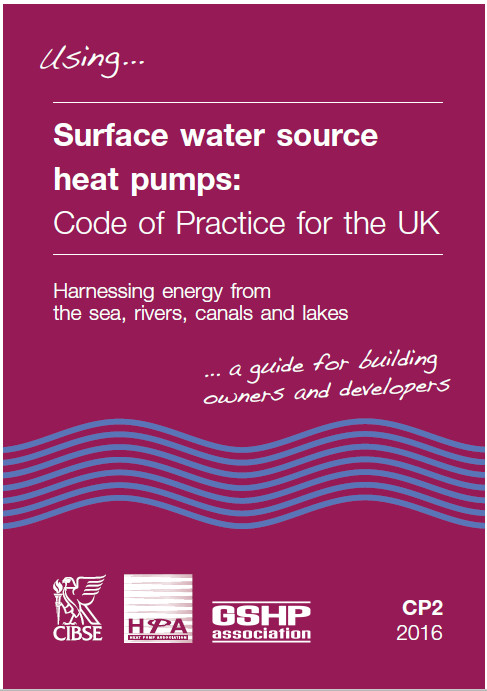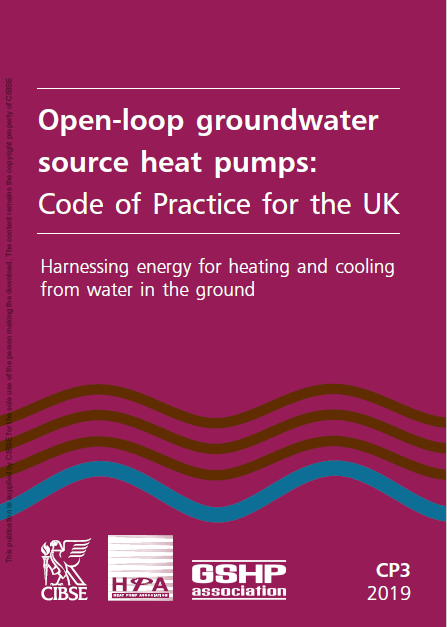GSHP Standards from the GSHPA
While ground source energy is ideal for providing balanced heating and cooling systems to control temperatures in buildings it is clear that installations need careful design based on a good understanding of fundamental principles.
Where good design is absent there is a risk of installations failing to achieve the goals expected of them. For this reason a number GSHP Standards have been issued to ensure high standards and safeguard the reputation of the industry.
The Ground Source Heat Pump Association is at the heart of this process and has published a set of GSHP Standards:
- Vertical Borehole Standard
- Shallow Ground Source Standard
- Thermal Pile Standard
These Standards are not, of themselves, legal documents, but they are frequently cited in contracts and have become accepted as evidence of following good practice.
The GSHPA has worked with the Environment Agency, DECC, CIBSE, the Microgeneration Certification Scheme, the British Drilling Association and the British Geological Survey in contributing to the standards and guidelines issued by others.
Horizontal Ground Heat Exchange: Shallow Ground Source Standard
The Shallow Ground Source Standard defines the standards and practices expected in good heat pump installations employing closed loop horizontal ground heat exchangers.
Vertical Borehole Standard
The Vertical Borehole Standard defines the standards and practices expected in good heat pump installations employing closed loop vertical boreholes.
Thermal Pile Standard
The Thermal Pile Standard defines the standards and practices expected in good heat pump installations employing thermal piles as heat exchangers with the ground.
Environment Agency – Good Practice Guide
The Environment Agency has published a Good practice guide for ground source heating and cooling which lists the regulatory requirements for open loop systems.
Codes of Practice from CIBSE
CIBSE has published a set of Codes of Practice covering low carbon heating:
- CP1 Heat Networks
- CP2 Surface Water Source Heat Pumps
- CP3 Groundwater Heat Pumps
CP1 Heat Networks: Code of Practice
The Heat Networks Code of Practice has been produced by CIBSE and ADE with extensive participation from AECOM, Cofely, DECC, GLA and many others. The introduction to the Code states that the development of heat networks (or district heating) in the UK is increasingly recognised as an important component in the UK???s future energy strategy (DECC, 2013) and codifies good practice.

CP2 Surface Water Source Heat Pumps: Code of Practice
As well as providing an comprehensive description and checklist of the various elements of an installation – from feasibility, through design, construction, commissioning and operations – the Code includes a number of useful case studies of installations of surface water source heat pumps in England, Wales, Ireland and Norway.
The Code of Practice has been produced by CIBSE and the GSHPA, with the backing of the HPA and is supported by DECC. It examines the options for extracting heat from surface water to provide heating and rejecting heat to open water to provide cooling. This provides developers with guidance on where SWSHPs can be used to provide large scale heat transfer in densely populated urban areas and raise the standards of design and implementation of water source heat pumps in district heating systems.
The Code can be bought from CIBSE.
Meanwhile, a short leaflet explaining how the Code can be used by building owners and developers can be seen by clicking the image on the right.

CP3 Groundwater Heat Pumps: Code of Practice
As well as providing an comprehensive description and checklist of the various elements of an installation – from feasibility, through design, construction, commissioning and operations – the Code includes a number of useful case studies of installations of groundwater heat pumps.
The Code of Practice has been produced by CIBSE and the GSHPA, with the backing of the HPA and is supported by BEIS. It examines the options for extracting heat from groundwater to provide heating and rejecting heat to groundwater to provide cooling. This provides developers with guidance on where GWSHPs can be used to provide large scale heat transfer in densely populated urban areas and raise the standards of design and implementation of groundater heat pumps in district heating systems.
Installation of Ground Source Heat Pumps
To get the full benefit of a GSHP installation or a GWSHP you will need to employ someone with design and installation experience. A groundwater source heat pump, like a ground source heat pump, may not perform well unless it is incorporated in a good design by someone who understands the needs of the building, the use to which the building is being put and the local geology.
Risks of fragmented responsibility
The same thought is expressed on page 7 of CP3 in the following words: "A successful open-loop GWSHP project is often made more difficult by the fragmented nature of the industry and complex procurement processes. It is common to find the feasibility work is carried out by a consultant, the detailed design and construction by a design-and-build contractor and the operation and maintenance by an unrelated facilities management company. The procurement approach adopted should consider the risks involved in this fragmentation and lack of incentives for each party involved to deliver an optimal scheme".
In addition to the risks of employing fragmented parties, there may be a lack of responsibility for the whole design, installation and operation if more than one party is responsible for the resulting performance.
The Code can be bought from CIBSE.
Like the Code for Surface Water Heat Pumps, the Code for Groundwater Heat Pumps has been drawn up by CIBSE, GSHPA and the HPA with funding from BEIS. You can get your copy of CP3 from CIBSE.
Microgeneration Certification Scheme – MIS 3005
The Microgeneration Certification Scheme has issued Microgeneration Installation Standards, including MIS 3005 for heat pump installations. These are relevant to domestic installations below 45kW capacity because the RHI is only available if MCS approved equipment is installed by MCS approved installers.
Heat Emitter Guide for Domestic Heat Pumps
The Heat Emitter Guide is designed to stimulate a proper review of heat loads in houses, room-by-room, and guide the sizing of radiators, or underfloor heating circuits, to lead to optimal performance and lower running costs.
Installation of Ground Source Heat Pumps
To get the full benefit of a GSHP installation you will need to employ someone with design and installation experience. A ground source heat pump may not perform well unless it is incorporated in a good design by someone who understands the needs of the building, the use to which the building is being put and the local geology.
To ensure a soft landing you should ensure that a ground source system is well understood and well maintained and this may include fine tuning the controls in the first years of operation.
ICAX Projects using ground source heat pumps:
Toddington | Howe Dell | Hiroshima | HMP Garth | Merton IGC | Suffolk One | Tesco | Wellington



